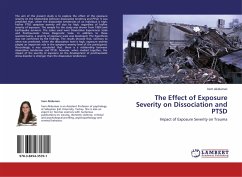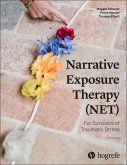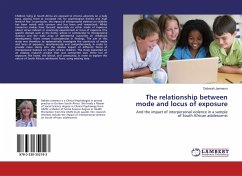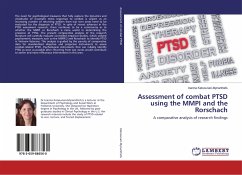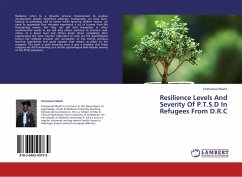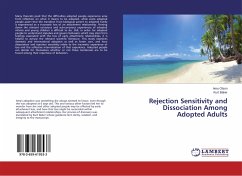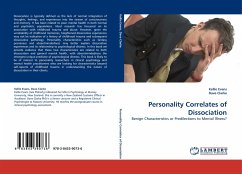The aim of the present study is to explore the effect of the exposure severity on the relationship between dissociative tendency and PTSD. It was predicted that, when the dissociative tendencies of an individual is high, his/her PTSD symptom severity will also be high, regardless of his/her severity of exposure. The sample for the study was drown from 1999 Izmit Earthquake survivors. The scales used were Dissociative Experiences Scale and Posttraumatic Stress Diagnostic Scale. In addition to these questionnaires, a severity of exposure scale was developed. The hypothesis was not confirmed by the findings. The results showed that, contrary to what was predicted, when the dissociation level is high, exposure severity played an important role in the symptom severity level of the participants. Accordingly, it was concluded that, there is a relationship between dissociative tendencies and PTSD, however, when studied together, the impact of the severity of exposure on the development of posttraumatic stress disorder is stronger than the dissociative tendencies .
Bitte wählen Sie Ihr Anliegen aus.
Rechnungen
Retourenschein anfordern
Bestellstatus
Storno

